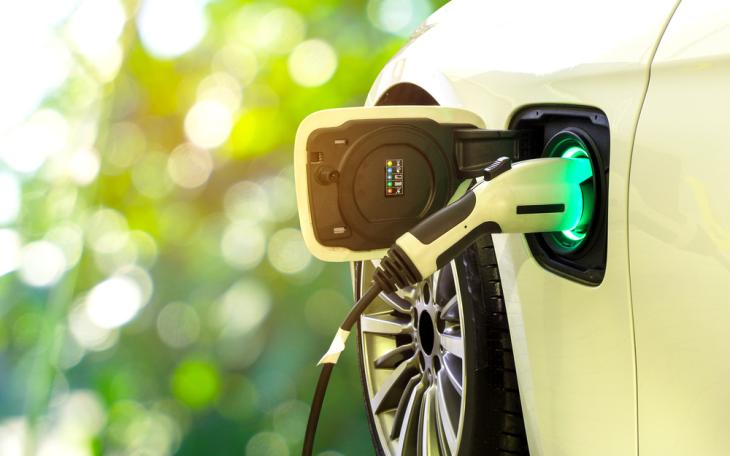Charged Conflicts: the high-stakes battle for EV battery components

The competition for electric vehicle components has never been more tense. Each week seems to bring news of more restrictions, tariffs and policies that further politicise the resources needed for the EV revolution. This trend was made abundantly clear in the news recently as the United States Trade Representative announced a 25% tariff on natural and synthetic graphite anodes imported from China, starting this month.
This follows on from the announcement in May that stated there would be US tariffs on natural graphite (as a raw material) that had been processed in China, and would come into effect from 2026, giving companies just a few years to construct a brand-new supply chain.
This is not the first restriction on graphite trade, as China announced that three grades of graphite would require special export permits on the grounds of “national security” last October. This had a profound impact on global graphite supply, as China is responsible for 97% of graphite anode output and nearly two thirds of the natural and synthetic graphite production, despite only holding 16% of global reserves.
Graphite is a crystalline form of carbon and occurs naturally but can also be made synthetically. It’s a critical material in the production of Lithium-Ion batteries, the power source of the majority of electric vehicles, being the material that holds the electrical charge. Whilst it makes up approximately 50% of the battery cell’s volume, it currently only contributes to 10% of the cost.
The relative abundance of cheap graphite in the market compared to the rarer elements involved in battery production (such as lithium and cobalt) has meant that a local supply chain has not yet been established. As such, between 2021 and 2022 US imports of graphite anodes rose from roughly 23,500 tonnes to nearly 60,000 tonnes, highlighting both the increase in popularity of EV’s, and the increased reliance of the USA on imported graphite.
The results of the restrictions were clear, as total exports of flake graphite (used for machinery and chemicals) from China fell 93.93% from 23,502 tonnes in November to 1,427 tonnes in December 2023, whereas exports of spherical graphite (used in battery production) fell by 92.22% to 948 tonnes in the same period.
These restrictions were not entirely unprovoked, as they were stated to be in retaliation of the US tightening controls on exports of cutting-edge artificial intelligence chips to China. Yet another new resource that is has become a pawn in the larger struggle for technological and industrial dominance.
This back and forth does not just affect the USA and China, as Japan and South Korea saw their supply of graphite drop to near zero as well. Here in the UK, we require it in larger amounts than Lithium, Cobalt and Nickel, due to graphite’s use in other technologies such as electric motors and hydrogen fuel cells.
Luckily something is being done already to rectify the growing supply issues, as in October 2023, the government announced that £89 million of funding would be allocated to develop “cutting edge new electric vehicle technology”.
One of the projects to receive funding was the establishment of a graphite processing plant in the UK to produce anode material for EV batteries, the graphite itself would come from Southern Greenland, providing a more local supply of the material.
The other project will assess the feasibility of the production of anode materials from recycled graphite, which has the potential to further reduce the UK’s reliance on international sources of the material.
It is hoped that these two projects will pave the way for growth within the UK’s nascent graphite industry, creating precedent for private investment and growth that will supply British industries with a more sustainable and reliable source of this critical material. With ongoing elections in the UK and the US, there seems to be little chance of these tensions lowering as protectionist policies make their way to the top of the agenda









